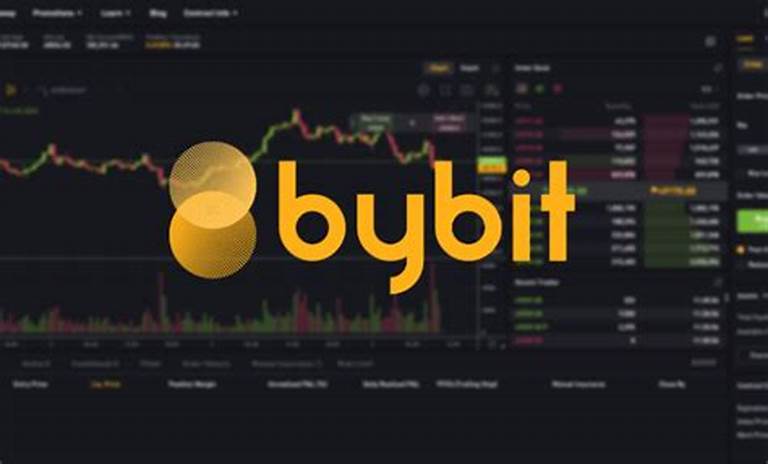How to Buy Bitcoin With a Debit Card
Do you want to know de unde cumpar bitcoin? There are many ways to buy cryptocurrencies, but there is one that can make your life so much easier: a Bitcoin debit card. These cards allow you to use a regular credit or debit card to pay for goods and services in cryptocurrency, which can be a great way to save on transactions.
Cryptocurrency exchange Coinbase
Coinbase is a popular US-based crypto exchange that is a great place to buy and sell cryptocurrencies. Its user-friendly interface makes it easy for beginners to start trading cryptocurrencies.
To use the platform, you must first sign up with your personal information and verify your account. This requires you to add your phone number and receive a verification code. Once you have verified your account, you can start buying and selling cryptocurrencies.
Once you’ve verified your email and phone number, Coinbase asks you to verify your identity by uploading a photo of yourself. You can do this by using a webcam on your computer or smartphone camera.
After you’ve verified your identity, you can buy and sell cryptocurrencies by transferring your bank or debit card to the exchange. However, you’ll need to complete identity and address verification before making any purchases with your card.
Cryptocurrency exchange Bybit
Bybit is one of the few cryptocurrency exchanges that allows you to buy and sell cryptocurrencies with fiat currency, namely credit or debit cards. The platform offers a simple and seamless verification process that takes 15-30 minutes.
The company encrypts customer data and is regulated by GDPR regulations, which are stricter than U.S. data laws in most states.
Unlike many other crypto exchanges, Bybit https://www.bybit.com/en-US/ sells its own inventory of coins rather than acting as a middleman. This can make for faster transactions and less risk.
However, it’s important to note that Bybit’s fees can be high. The site charges 0.99% to 3.9% for purchases and a flat 0.9% for sales.
In addition to that, you’ll need to submit a valid ID before making a purchase. The site offers several levels of verification, with increasing account spending limits for each level.

Cryptocurrency exchange Bitstamp
One of the oldest crypto exchanges, Bitstamp has an easy-to-use interface that makes it simple for beginners to buy and sell. It has competitive fees on its main platform, and it also offers a long history of supporting cryptocurrency users.
Security is another key feature of Bitstamp, and it puts safety first. It was the first crypto exchange to receive a Payment Institution License in the EU and undergoes regular audits by a global Big Four accounting firm. Additionally, it uses offline cold wallets to store its customers’ assets and secures them with 2-factor authentication.
In addition, Bitstamp is one of the few exchanges that offers 24/7 phone support for its users. This is an important feature when dealing with complex problems, and it helps to ensure that you are always able to get the help you need.
Cryptocurrency exchange Binance
Binance is a popular cryptocurrency exchange that offers a diverse range of crypto coins to trade. As of writing this article, it supports over 150 different cryptocurrencies and altcoins, including the top three by market capitalization: bitcoin (BTC), ethereum (ETH), and tether (USDT).
It is also the only major crypto exchange that allows you to buy bitcoin with debit card, which is a huge benefit to many users. Other crypto exchanges only offer bank transfers, which are typically much less convenient than using a debit or credit card.
In addition to allowing users to buy and sell crypto, Binance also allows clients to swap cryptocurrencies directly between themselves. This makes trading a lot more efficient for traders and reduces the need for them to cash out of one coin in order to purchase another.
The only issue with this feature is that it can be costly if you’re a high-volume trader. Binance uses a maker-taker pricing model, which rewards those who add liquidity to the market (makers) and charges higher fees for those who reduce liquidity (takers).
